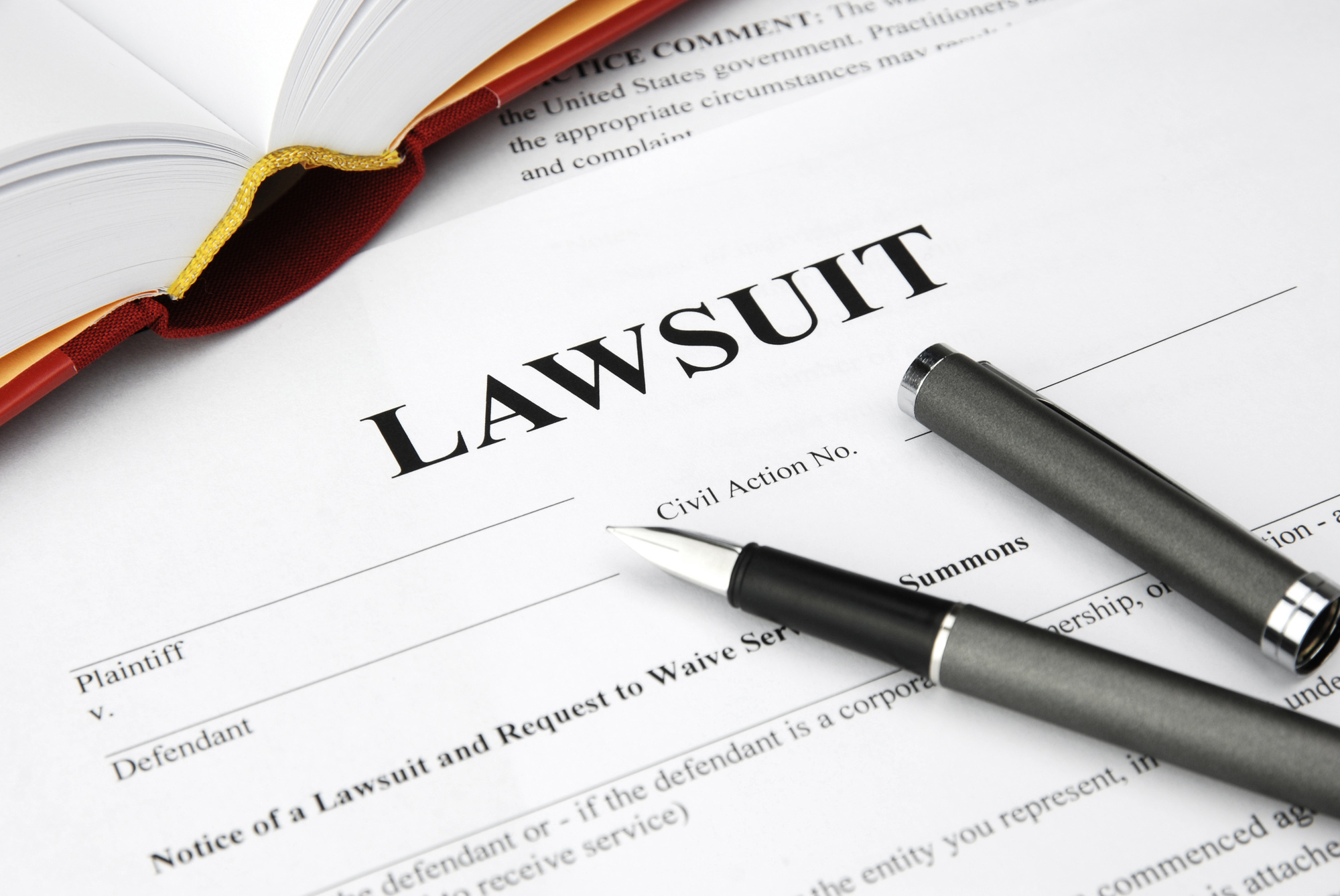The 5 Most Common Lawsuits Against Employers: What You Need to Know

Last year, 99,109 lawsuits against employers were resolved in the United States. With this many charges filed in one year, it’s definitely possible that a lawsuit could affect your company. You should be aware of common work lawsuits in order to prevent them from happening in the first place.
Lawsuits can result in hundreds of thousands of dollars in unwanted fees. The average lawsuit will cost you about $250,000 for defense, and another $200,000-$900,000 in reward money for a verdict. If a class action lawsuit is filed against your company, you might have to shell out millions of dollars.
Knowing these workplace issues can save you money and can also rescue your reputation. Don’t put your reputation at risk–here are the 5 most common workplace lawsuits:
1. Discrimination
An employee is justified in filing a lawsuit if they suspect that they were discriminated against in the workplace. Workplace discrimination violates many federal laws including:
- Civil Rights Act: Employers are prohibited from discriminating against employees for their gender, race, religion, or nationality.
- Equal Pay Act: Employers are required to pay men and women the same amount for the same type of work.
- Age Discrimination Act: Employers are not allowed to discriminate against workers for their age.
- Pregnancy Discrimination Act: Pregnant women cannot be discriminated against in the workplace because of their pregnancy.
- Americans With Disabilities Act: Employers are barred from discriminating against workers with disabilities.
Federal laws prohibit discrimination against employees of a protected class. Some federally protected classes include gender, race, religion, nationality, age, disability, veteran status, citizenship, and more. Certain states protect classes like sexual orientation and marital status. Members of protected classes can file a lawsuit if they believe that wrongful action was taken against them in the form of termination or improper punishment.
Whenever there’s a case of discrimination reported at a workplace, The Equal Employment Opportunity Commission investigates the situation, and provides the employee with the information needed to file a discrimination case. As an employer, you’ll have to prove that your wrongful decision against a protected class was made for business reasons only. Make sure to have a just hiring process and to provide equal opportunities to avoid an employment lawsuit.
2. Wrongful Termination
Workers who believe that they were wrongfully terminated can file an employee lawsuit against the employer. Wrongful termination stems from other causes that lead to the illegal firing of an employee.
Here are some examples of wrongful termination: an employee being fired after they complained, firing a worker because the employer didn’t like them, or laying someone off to replace them with a relative or friend. These are all cases in which the employer didn’t have a fair reason to fire an employee.
To prevent employees from filing a wrongful termination lawsuit, employers should make sure that they keep records of employee conduct, performance, discipline, and any other necessary information. These files can be used to prove that an employee’s termination was legal.
If you’re still unsure about how to create a safe atmosphere in your workplace, or if you’re facing legal issues, check out these employment law solicitors for help.
3. Harassment
Perpetrators of harassment can be managers, supervisors, coworkers, or even clients. Harassment can come in different forms including sexual, or just plain bullying. Sexual harassment usually involves inappropriate remarks and touching, while other types of harassment can involve violence.
It’s important that employers don’t retaliate against the employee for reporting a case of harassment–this means that an employee can’t be punished for their claim. Even if the employer wasn’t the perpetrator of harassment, they can still be sued if they knew about the harassment but didn’t take action.
Harassment policies should be clearly described inside of employee handbooks. You should also delineate the process of reporting harassment cases, as well as train managers in preventing harassment. Issues like bullying, anger, or violence should not be tolerated and should be addressed in employee training.
4. Workplace Injury
About 2.9 million injuries and illnesses at the workplace were reported in 2016. Employees are responsible for any injury that occurs to employees in the workplace. Workplace injuries unfortunately happen often, so that’s why you should take the measures to prevent them.
There are several causes of injury within a workplace–defective equipment, poisonous substances, or third-party injuries. Employees can get hurt by a dangerous or broken piece of machinery, can become ill after being exposed to certain toxic chemicals, or can get injured by someone else while on the job. In all of these cases, the employer would be responsible for the worker’s medical expenses.
Employers typically buy employees worker’s compensation insurance to cover the costs of any injuries that occurred during the workday. Employers are subject to be sued if they question the justification of an employee’s claim for compensation, or if the injury was the result of an employer’s neglect.
5. Wage Violations
Lawsuits concerning wage violations are also common for businesses. The laws regarding the minimum wage, child labor, and overtime are outlined in the Federal Labor Standards Act (FLSA).
This act describes nonexempt and exempt employees–non-exempt employees can receive overtime wages, while exempt workers cannot. Employees can sue businesses if their boss didn’t pay them the minimum wage, if they didn’t get paid for overtime, or if they weren’t allowed to have a break.
Some employees may also claim that the employer didn’t pay them overtime because they wrongfully consider them as an independent contractor.
It’s common for an employer to deny a group of workers overtime and not just one employee. Employees who didn’t get paid overtime and worked more than 40 hours a week can band together to file a class action lawsuit. In order to diffuse the situation, employers can pay employees what they’re owed in the form of back wages.
Preventing Lawsuits Against Employers
It’s essential for employers to create an environment that won’t lead to lawsuits against employers. Employers should take preemptive measures to ensure that proper policies, training, and rules are laid out before employees can find a reason to sue. Otherwise, your company could be neck-deep with expensive fees and negative publicity.
Don’t forget to check our website for more useful tips.



